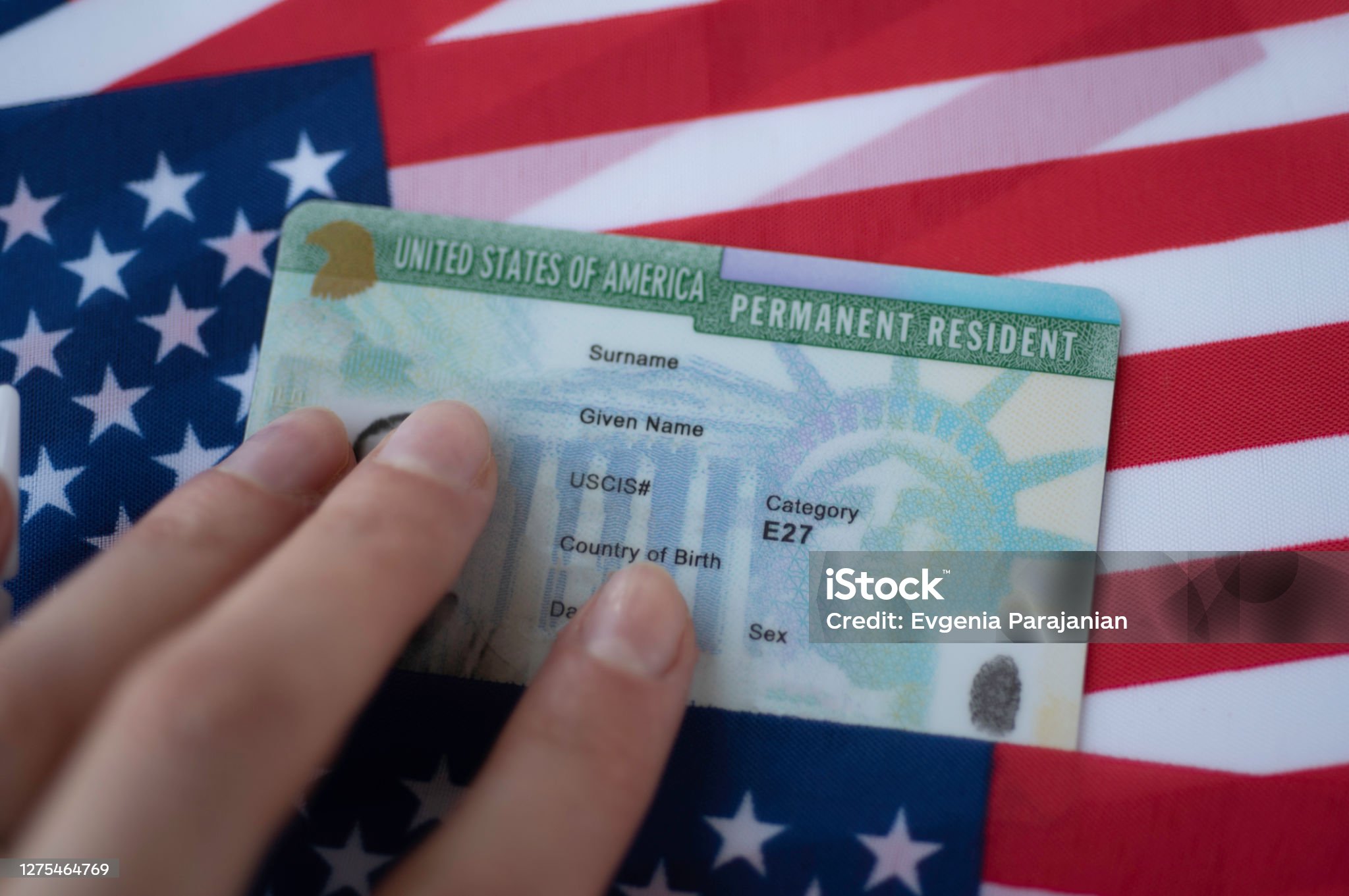
1. Introduction to Identification Documents
Personal identification documents hold great importance from both personal and social perspectives. They act as "permissions" and "access passes," meaning society functions smoothly only when they are available and universally accepted. Various types of identification documents exist, each representing a distinct aspect or purpose. Take, for instance, a copyright, which confirms an individual's legal ability to drive, and a copyright, which demonstrates citizenship and enables global travel. These documents are highly valuable on a personal level and play a crucial role in the transaction of contracts, for example, to get a job, to access services, to buy insurance, or to rent a car. Often, financial institutions might require access to these forms of identification when dealing with borrowers who appear unreliable or have poor credit histories. These documents not only serve as clear proof of identity but also as authorization for a person to fund or operate within the law.

Historically, identification documents were less central to everyday life than they are now. Their significance has increased over time due to shifts in legal and security frameworks. Technological advancements have permitted the development of security systems that far exceed the ID technologies currently available to consumers. Many countries are in the process of standardizing their IDs with biometric technology. A few countries have already put electronic exit systems into practice.
Personal identification documents represent an individual's legal confirmation of identity. The "real identification" acknowledged universal documents include passports, copyright, copyright, and driver's licenses at both the international and national levels. People often securely store their critical identification documents so that they can retrieve them easily when necessary.
In this discussion, we highlight the importance and authenticity of various documents, including IDP, Real ID, copyright, copyright, copyright, and resident permits, aiming to educate on their relevance. Educational staff and the general public should know about them, and this knowledge could help prevent their loss or aid in their recovery. This information is intended for both domestic and international readers to ensure they do not miss the most important documents they need for their own knowledge and ideals.
2. Legal Framework and Regulations Governing Identification Documents

The governance of identification documents is subject to varying laws and regulations across different jurisdictions. Documents are issued to individuals by authorized bodies, following strict guidelines meant to preserve their accuracy and integrity. These documents can be mandatory for certain situations while serving as optional verification in others. It is the responsibility of the individual to follow the rules of the jurisdiction that governs the use of the document. In conclusion, individuals should familiarize themselves with the local legal requirements in any jurisdiction where they intend to use such documents or perform transactions. Primarily, state and local governmental agencies oversee the issuance, regulation, and restrictions tied to these documents for specific transactional use.
The varying requirements of each jurisdiction and reasons for identification documents, may clash with the necessity for international travel and business operations. Thus, it is a widespread issue when travelers struggle with unfamiliar identification regulations across countries. It would be impossible to detail every country’s specific identification rules here, but it is important to know, that with nearly 200 countries and billions of global inhabitants conducting international trade and business, understanding identification requirements is vital. Failure to follow these rules may result in legal conflicts in foreign countries, where international reciprocity must then be considered. Noncompliance may result in civil or criminal consequences, breaching identity, privacy, trade, commerce, or human rights laws.
The balancing of public policies with protected rights can be complicated when establishing security standards for identification in travel. In some cases, human rights can come into conflict with public security measures regarding the most secure identification rules needed to combat terrorism. Finally, within the last five years, with the rise and acceptance of digital mobile driver's licenses, countries have been clarifying or drafting new laws and regulations to govern their use, which remains an evolving area. Digital identification documents for travel are being considered as the future direction for global travel management. Even with the world moving toward mobile driver licenses, there will still be a need for a copyright, it seems, for some time into the future.

Both the standardization and evolution of digital IDs and mobile driver licenses are continuing to develop. Take California as an example: two years after passing its mobile copyright law, stakeholders are now ready to agree on formal rules for the first state-endorsed mobile license.
3. Comparative Analysis of International Driver’s License, Real ID, copyright, copyright, copyright, and Resident Permit
The International Driver’s License acts as an identification document for those driving abroad The International Driver’s License was never developed by the UN or international organizations as a IDP travel facilitation tool between countries.
The Real ID is primarily used as an ID for boarding domestic flights, in line with state driver’s licenses and ID cards that meet national criteria. The Real ID can also be used for entry to federal facilities and nuclear power plants. It is important to note that the Real ID is not a substitute for travel documents like passports, visas, or resident permits. Though some people may use it abroad as an identification and date of birth document, the Real ID is primarily used to travel domestically.
In the United States, passports are recognized as a primary identification document, unlike other derived forms of ID. Passports are designed to protect citizens traveling internationally and to facilitate participation in non-mandatory diplomatic meetings or treaty discussions. This is the copyright’s formal and administrative role. Of course, the copyright has bureaucratic as well as personal applications. In order to travel abroad, especially across state borders, but in some states inter-regionally, the traveler must not only be fit to carry a copyright but also meet many other requirements.
copyright are records issued at birth that serve as the basis for acquiring passports and other identification documents. In comparison, copyright and passports might appear to serve similar purposes. However, a copyright has ongoing effects. Additionally, while a copyright is necessary to get a copyright, it never directly leads to acquiring a “second copyright”. A copyright is irrelevant to obtaining a second copyright unless it involves taking on an illegal nationality.
4. Security Features and Anti-Fraud Measures in Identification Documents
Various security features are implemented to prevent forgery, tampering, and fraudulent activities. For example, many ID cards and documents include advanced features like holograms, layered images, and laser-etched designs. Some ID cards are embedded with RFID chips holding biometric data and digital imagery to prevent misuse.
Many security features are either hidden or semi-hidden, such as special inks, watermarks, or microtext. All these features are intended to ensure that ID documents are difficult to copyright.

In general, the level of security of an copyright should correspond to the level of trust required. copyright security features, for example, don’t require the same level of security as passports, which are used for international travel, while driving licenses serve primarily domestic purposes.
Technological progress has resulted in more sophisticated security features for identification documents. Actively promoting and adopting new security technologies helps keep one step ahead of potential fraudsters and counterfeiters by using up-to-date issuance practices.
Additionally, it’s vital to consistently evaluate both current and emerging security methods to ensure they remain effective. This ensures that they keep pace with the ever-changing threats and advances that could compromise the security of the document.
Furthermore, an effective anti-fraud document security program needs to employ both proactive and reactive strategies. Proactive measures might include training programs, public information efforts, security seminars, and public service announcements.
5. Summary and Future Developments in Identification Document Technology
This article examines the diverse forms of identification documents found around the world. It is important to see ID from both a technical perspective, considering security features, verification, and issuing authorities, but also from a legal standpoint, focusing on how these documents hold up in courts for verification.
My research highlights varying perspectives on what constitutes a strong identification document and how its value as a verification tool changes depending on where it’s utilized. Additionally, ethnography could illustrate how varying cultural perspectives influence the concept of an ideal identification document. Comparative work also provides insight into how the legitimacy of identification documents can vary even in countries with similar political, social, and economic systems.
The future of identification documents is being shaped by cutting-edge technological advancements. Digital technology is consistently improving the security and service potential of secure documents like electronic IDs (eIDs), in line with the widespread use of mobile devices. Key developments in this technological shift are the integration of biometrics and blockchain as distributed ledger technologies.
Biometrics and its “liveness” function will capture biometric data during direct interaction with the enrolling authority, ensuring identity accuracy and reducing the risk of digital identity fraud. This technology could transcend the scope of basic human rights as defined by international laws and constitutions. This access should be kept as private as possible and subject to individual consent.

The spread of digital identity indeed can raise concerns about exclusion. Many people do not have the means to access digital identities, which can be problematic. A so-called “identity gap” has emerged due to technological advances, which lead to unequal levels of access to identity verification across different parts of society.
There should be more detailed comparisons between digital identity systems and physical IDs. So, apart from verifying identity, these databases are used to verify the risk levels for various transactions. Further research is needed to explore how offline verification rights translate into the digital identity space.